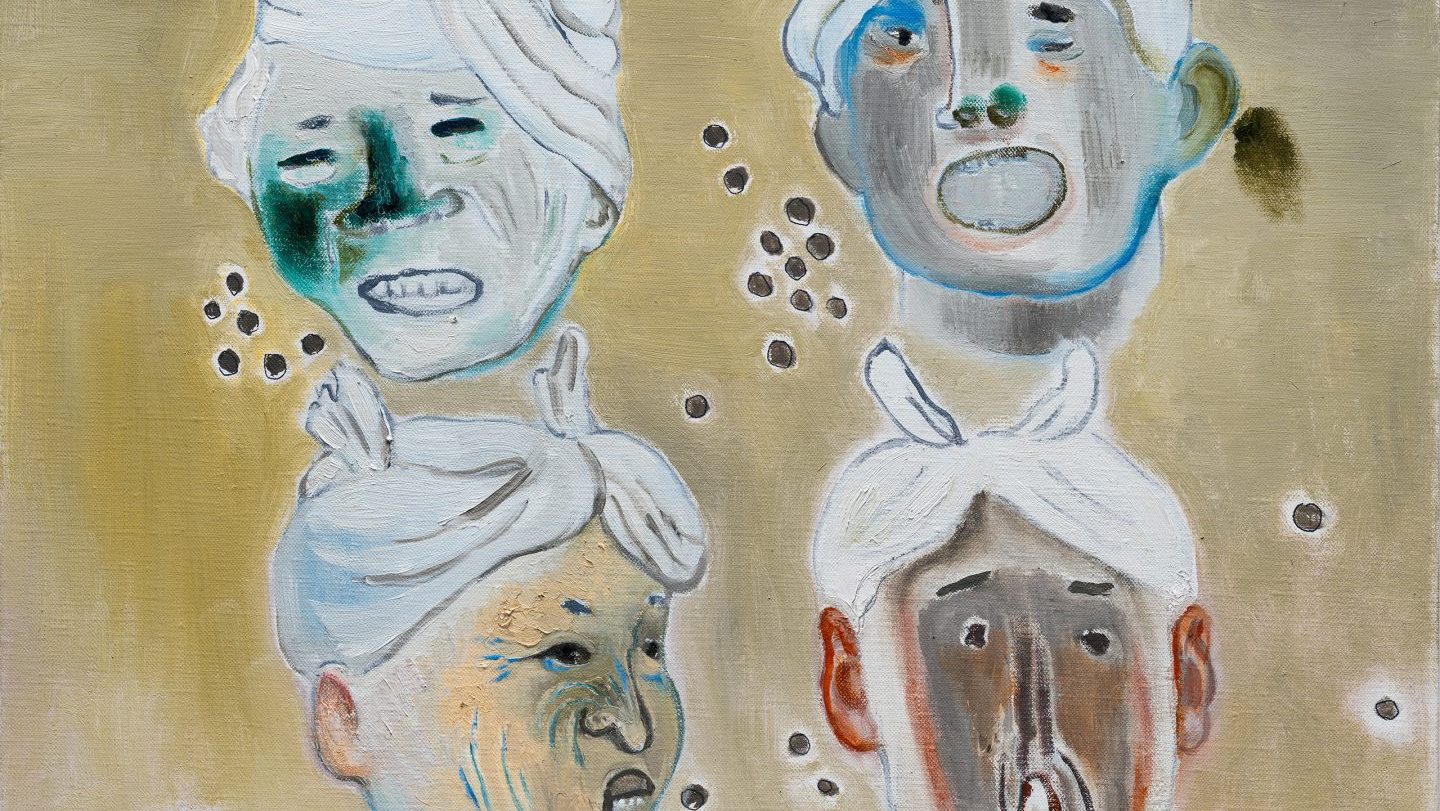COP30, the UN’s annual climate conference, opens in Brazil on November 10 at a time when our shelves are increasingly loaded with cli-fi and cli-fact books. The only problem: fiction and fact seem to be skewing ever closer.
What We Can Know, Ian McEwan’s new elegy for the scattershot climate-conscious efforts of our “resourceful raucous” 21st century, is a case in point. It takes cli-fi into the fact-based territory first mapped out by Amitav Ghosh nine years ago in his ecological treatise The Great Derangement.
McEwan’s novel is set in the post-derangement phase. Humankind is treading water (literally) after a climate disaster has halved the world population and surrendered swathes of land to the surging seas.
He is not the first author to paint such a picture. Two novels written within the past five years speak perfectly to our time of late-stage capitalism, climate-induced despondency… and survivalism.
The High House, an evocative 2021 novel by Jessie Greengrass, reads like a report from the frontline of the climate wars, where news about catastrophic weather disasters is followed by a tornado of denials that climate change is even real.
The novel tracks Caro, 18, and her four-year-old half-brother, Pauly, as they flee a drowning world for the High House in Suffolk. There is “drone footage of torn buildings and flooded streets which showed the water lying still and calm and deep across the places people had thought they owned”.
But the High House has an orchard, a vegetable garden, a tide pool, a water-powered generator, compostable toilets and a barn full of food, toys, medicine, clothes and shoes that are meant to fit Pauly as he grows. The barn also has a boat, for use when the waters inevitably rise even higher. It is an incomparable refuge, carefully prepared for Pauly and Caro by Francesca – climate scientist, activist and truth-teller.
Suggested Reading


Is the universe conscious? Philip Pullman thinks so…
Francesca, who is Pauly’s mother and Caro’s stepmother, has gone to extraordinary lengths to provide a future for those she loves. She has even recruited two adult caretakers to live with the young ones in the High House.
In their ark-like retreat, the four climate refugees create a new family, living frugally and wondering what will eventually become of them in a world changed beyond recognition. What’s noteworthy is that Greengrass doesn’t create an alternative reality so much as show us our world as it is – burning, drowning – even as misinformation and climate denialism inhibit any real response to climate change.
This urgency is perfectly conveyed in Kim Stanley Robinson’s The Ministry for the Future. Barack Obama said it was one of his favourite books of 2020, but it’s right on the button as Cop30 begins. The story opens in this very year, 2025, with a graphic description of a deadly heatwave in northern India. Some 20 million people die, more than “in the entirety of the first world war, and all in a single week and in a single region of the world”.
An Indian delegation to an emergency international meeting of the Cop signatories is livid about the world’s “failure to agree to the terms” of the 2015 Paris agreement. While the world reels from one extreme weather event to another, the Paris deal is seen as “a performance without substance, a joke, a lie.” In any case, the first “global stocktake” of 2023 “didn’t go well”, the novel gloomily says.
But it is not all doom and gloom. A new international organisation, the Ministry for the Future, is created to serve as an advocate for future generations of citizens. Its head, Irish politician Mary Murphy, works hard to convince central banks that currency and market stability will be affected by climate change. Crucially, this story, which ends in 2053, is one of hope.
Both novels are, in different ways, a response to Ghosh’s 2016 The Great Derangement: Climate Change and the Unthinkable. Ghosh had argued for that paradox – more climate realism and more climate fiction – lamenting the paucity of robust storytelling about this “wicked problem”. Indeed, the post-apocalyptic reality of Greengrass’s characters in the High House is exactly what Ghosh predicted in this book – a “politics of the armed lifeboat,” with only the well-off able to survive.
Ghosh has written fiction that addresses sudden environmental change. But his non-fiction work argues passionately for another sort of storytelling, for artists to seize their responsibility to bring the existential problem of climate change into our everyday lexicon, stories and politics. He writes: “The imagining of possibilities is not, after all, the job of politicians… Will our future generations, standing in a rising pool of swirling waters, not beseech us with this question – ‘Why didn’t you do something?’”
Rashmee Roshan Lall’s Substack blog This Week Those Books explains current affairs by recommending books by experts




